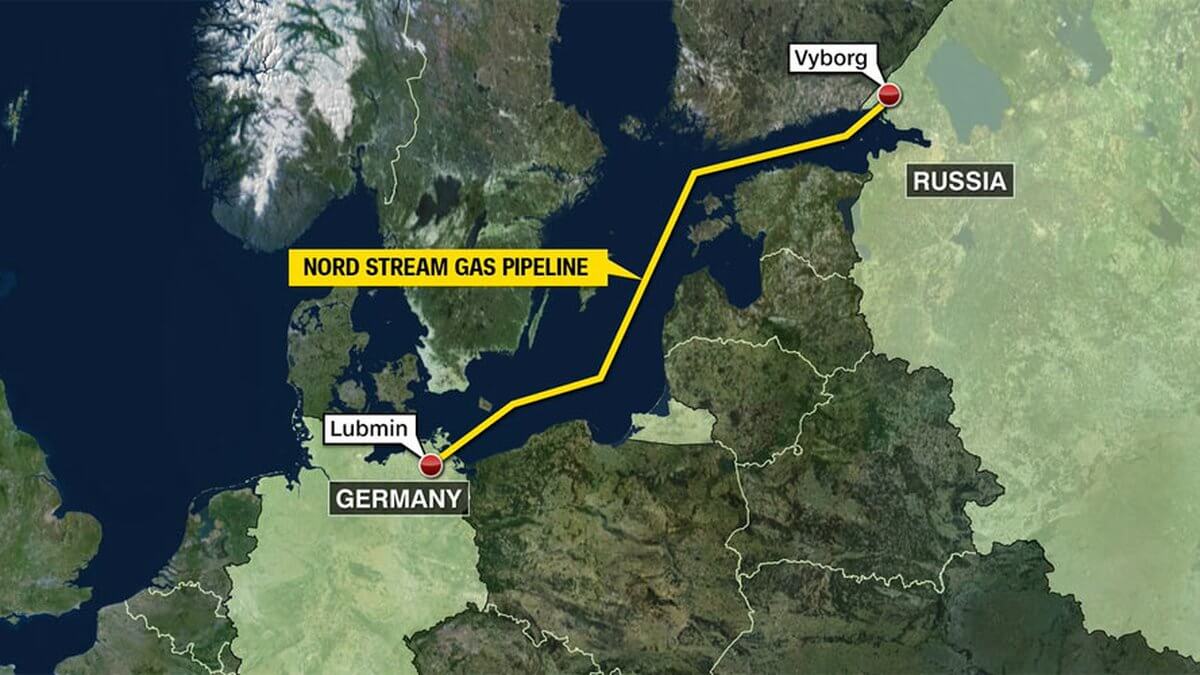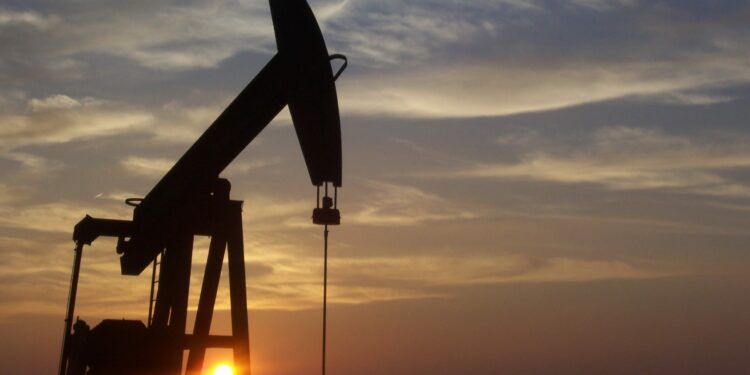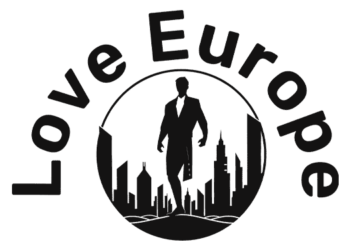OPED By Vaishali Basu Sharma
Hungary’s Foreign Minister Péter Szijjártó has said that his country has secured its gas supply thanks to the TurkStream pipeline that goes through the Black Sea rather than Ukraine.
Hungary, an EU country, is most dependent on Russian gas imports. Gas via TurkStream goes for exports to southern and eastern Europe – Hungary, Greece, Bosnia and Herzegovina, Romania, and Serbia.
Foreign Minister Szijjártó said, “We made a deal with Turkey, Russia, Bulgaria, and Serbia that we would build the so-called Turkish Stream pipeline, which would serve as an alternative route to deliver Russian gas, not through Ukraine to Central Europe, including Hungary.
“That time, we were threatened by sanctions by our allies, but we were sticking to our national interest because we know that if you depend on one single delivery route, you can get into trouble quickly.
“And the unfortunate and sad developments since then have proved that we made the right decision when we stuck to the idea of the construction of the TurkStream pipeline because if we had not built the TurkStream, we would now be in a very, very serious problem because currently the majority of gas to Hungary is being delivered through the TurkStream pipeline.”
After the Nord Stream gas pipeline became untenable because of damage through explosions, an agreement was reached in October 2022 to increase the supply of Russian gas along the southern route — TurkStream and its branch through Bulgaria and Serbia, and last year Hungary received 4.8 billion cubic meters of Russian gas via TurkStream.
Allowing Moscow to bypass Ukraine, the TurkStream consists of two 930-kilometer offshore lines stretching from Russia to Türkiye across the Black Sea. Hungary also receives Russian oil through the southern branch of the Druzhba pipeline, exempt from European Union (EU) sanctions.
TurkStream can deliver 31.5 billion cubic meters (bcm) of natural gas a year, with half destined for Turkey and the other half for the Balkans and Central Europe. Serbia and Hungary are the primary European consumers.
In 2021, Hungary signed a 15-year deal with Kremlin-controlled gas giant Gazprom to supply 4.5 Bcm/year of gas. But over 2022, it imported Russian gas on top of contracted volumes as it looked to ensure the security of supply ahead of the past winter.
Lying three kilometers below the sea, the TurkStream requires specialized equipment imported from the West to keep it functioning. But now, with European Union sanctions on Russia, maintenance and repair work on the Turkstream pipeline is becoming more complex, threatening to deepen Europe’s energy crisis.
But NATO countries believe that this is a pressure tactic Russia uses to create energy shortages in Europe and cause divisions among EU nations over energy policy.
Kremlin-controlled Gazprom began cutting natural gas exports to the EU, causing prices to jump. Last year, Russia halted via the Yamal-Europe and Nord Stream pipelines and, in addition, sharply curtailed deliveries via Ukraine.
Amidst these shortages, the EU is at odds over energy supplies and funding for alternative routes and green energy. At a press conference in Budapest, Hungary’s Foreign Minister Peter Szijjarto said that the European Union demands Hungary buy as little oil and gas as possible from Russia but does not assist in getting alternative energy supplies. On the other hand, Russia has offered Hungary to implement a deferred payment mechanism for any extra gas deliveries.
Russia says there is emerging evidence that the US, which was against Nord Stream 2 from the start, was involved in destroying the Nord Stream Gas pipelines. After the man-made explosions that damaged the Nord Stream 1 and Nord Stream 2 pipelines, the system was rendered unusable.

 File Image: Nord Stream
File Image: Nord Stream
The resultant energy shortages are already forcing governments to reassess. Russian deliveries into Europe by pipeline are currently limited to flows via Ukraine entering the Sudzha point on the Russia-Ukraine border via the European string of TurkStream.
Last week, Germany’s ministerial cabinet approved the resumption of lignite-fired power during winter energy shortages, increasing carbon dioxide emissions. Spain continues to be the largest importer of Russian LNG.
The EU is already in disagreement over various issues surrounding the war in Ukraine — sanctions and migration. Hungary’s right-wing populist Prime Minister Viktor Orban believes that the EU had “shot itself in the lungs” with ill-considered economic sanctions on Russia, which, unless rolled back, risked destroying the European economy.
There is speculation that Viktor Orbán may veto the €50 billion EU aid for Ukraine, an issue that will be up for voting in December. The European Commission is also likely to oppose further funding for Zelensky from newly elected Robert Fico in Slovakia, a pro-Russian critic of Europe’s Ukraine policy. Hungary and Serbia are the primary beneficiaries of the TurkStream and enjoy warm relations with Russia.
As the war progresses, the attacks on the TurkStream, similar to ones on the Nord Stream, cannot be ruled out. Earlier in May, three Ukrainian speedboats attempted an attack against the Russian warship Ivan Hursprotecting the TurkStream and Blue Stream gas pipelines, which carry gas from Russia to Türkiye, in the Black Sea near the Bosporus.
Finally, another NATO member, Turkey, disagrees significantly with the EU over elections held in May, human rights issues, and its relationship with Russia. In October 2022, Russian President Vladimir Putin proposed creating a “gas hub” in Turkey. NATO and EU countries are worried that a gas hub in Turkey would facilitate Russian energy exports sanctioned by the West.
Source link : https://www.eurasiantimes.com/ncb-edited-amid-high-russian-gas-flows-to-europe-via-turkstream/
Author :
Publish date : 2023-10-10 07:00:00
Copyright for syndicated content belongs to the linked Source.


